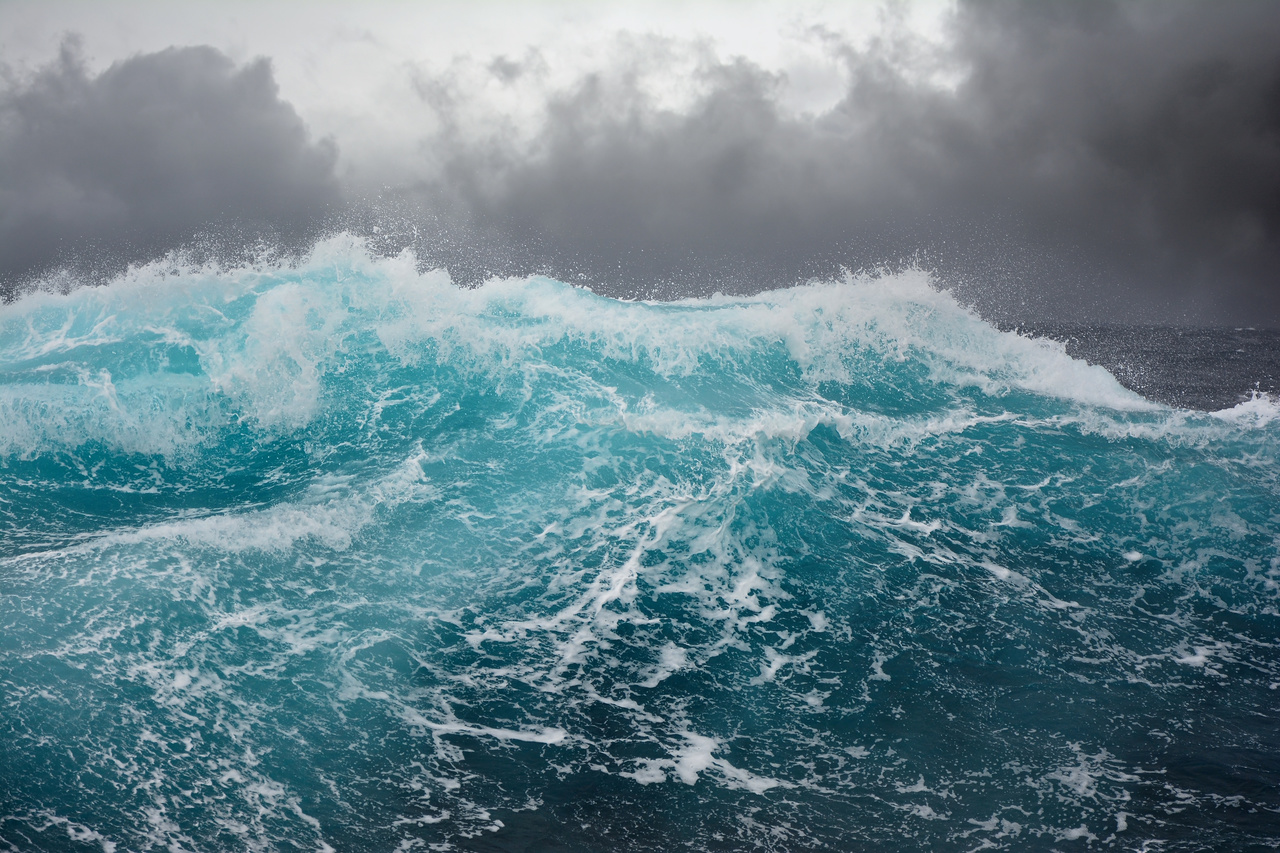An important requirement for collaborative ocean observing is the need to follow well-defined and reproducible methods across activities.
From strategies for structuring observing systems, sensor deployment and usage, and the generation of data and information products, to ethical and governance aspects when executing ocean observing. To meet the urgent, planet-wide challenges we face, methods across all aspects of ocean observing should be broadly adopted by the ocean community and, where appropriate, should evolve into “Ocean Best Practices.” While many groups have created best practices, they are scattered across the Web or buried in local repositories and many have yet to be digitized. To reduce this fragmentation, a new open access, permanent, digital repository of best practices documentation (oceanbestpractices.org) that is part of the Ocean Best Practices System (OBPS). The new OBPS provides an opportunity space for the centralized and coordinated improvement of ocean observing methods. The OBPS repository employs user-friendly software to significantly improve discovery and access to methods.
The Ocean Best Practices (OBP) repository is maintained by the International Oceanographic Data and Information Exchange (IODE) of the UNESCO-IOC as an IOC (IODE, GOOS) coordinated activity.
Following on from participation in the Evolving and Sustaining Ocean Best Practices Workshop in November 2017, by Ana Lara-Lopez, the IMOS Scientific Officer, IMOS commenced submitting documents to the OBP repository in December 2018.
All current available reports can be discovered here. The reports currently cover both IMOS as a whole, with the majority specific at the IMOS Facility and Sub-Facility level. AODN are managing the submission process with the assigning of Digital Object Identifiers (DOI) to these reports, depositing them locally, and making access to them available both from the relevant pages on the IMOS website, and from the relevant collections on the AODN Portal.
Deep Water Moorings Facility
- Southern Ocean Time Series (SOTS) Quality Assessment and Control Report Wetlabs FLNTUS instruments Version 2.0. Fluorescence and optical backscatter records 2009-2016.
- Southern Ocean Time Series (SOTS) Quality Assessment and Control Report PAR instruments Version 1.0. Photosynthetically Available Radiation records 2009-2016.
National Mooring Network Facility
Ocean Radar Facility
IMOS are actively sourcing QA/QC documents from all of their facilities and are currently working on submissions from both the Ocean Gliders Facility – Delayed Mode QA/QC Best Practice Manual; and the National Mooring Network Facility – East Australian Current (EAC) Deep Water moorings array Quality Control Report.
For more information on OBP see this Journal Article
